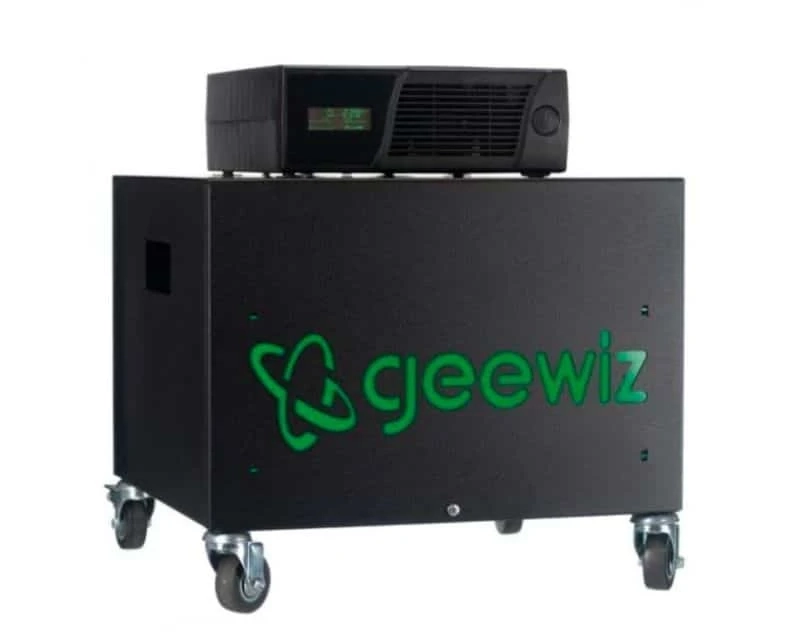What is an inverter?
An inverter is a device that converts direct current (DC) electricity into alternating current (AC) electricity. Inverters are commonly used in a variety of applications, including powering AC devices from DC sources such as batteries or solar panels, and converting AC electricity from one voltage level to another.
There are several different types of inverters, including:
- Pure sine wave inverters, which produce AC electricity that is very similar in waveform to the electricity produced by utility companies. These are often used to power sensitive electronics and appliances.
- Modified sine wave inverters, which produce a waveform that is less smooth than a pure sine wave but is still suitable for many applications. These are generally less expensive than pure sine wave inverters.
- Square wave inverters, which produce a waveform with sharp transitions between positive and negative voltage. These are generally the least expensive type of inverter but are less suitable for powering sensitive electronics.
Inverters can be used in a variety of settings, including homes, businesses, and vehicles. They are an important component in many renewable energy systems, such as solar and wind power systems, as they allow DC power from these sources to be used to power AC devices.
How does an inverter work?
An inverter works by taking direct current (DC) electricity and converting it into alternating current (AC) electricity. The process typically involves four main components:
- A DC source: This could be a battery, a solar panel, or some other device that produces DC electricity.
- A power electronic switch: This could be a transistor, thyristor, or some other type of device that can rapidly switch on and off.
- An inductor: This is a type of coil of wire that stores energy in the form of a magnetic field.
- A transformer: This is a device that uses the principles of electromagnetic induction to convert AC electricity from one voltage level to another.
Here’s how the process works:
- The DC source supplies electricity to the power electronic switch.
- The power electronic switch rapidly switches on and off, causing the DC electricity to flow through the inductor.
- The inductor stores the energy from the DC electricity in the form of a magnetic field.
- When the power electronic switch turns off, the magnetic field collapses, causing a surge of AC electricity to be produced.
- The AC electricity is then sent through the transformer, where it is converted to the desired voltage level.
- The AC electricity is then sent to the load, which could be a device such as a light bulb or an appliance.
Inverters can be designed to produce different types of AC waveforms, depending on the specific application. Some common waveforms include pure sine waves, modified sine waves, and square waves.
This article was first published at https://topclickblogs.co.za/inverters-are-an-important-component-in-many-renewable-energy-systems/
0



